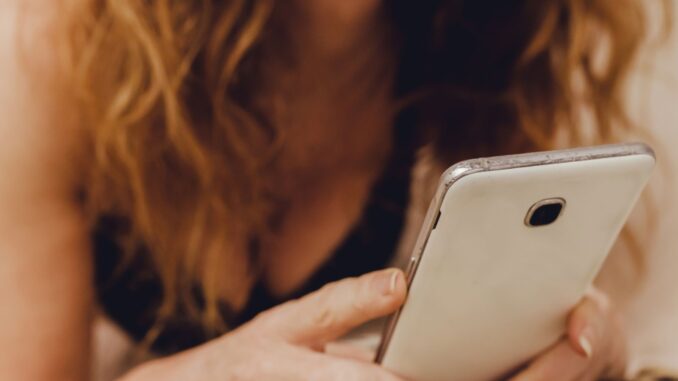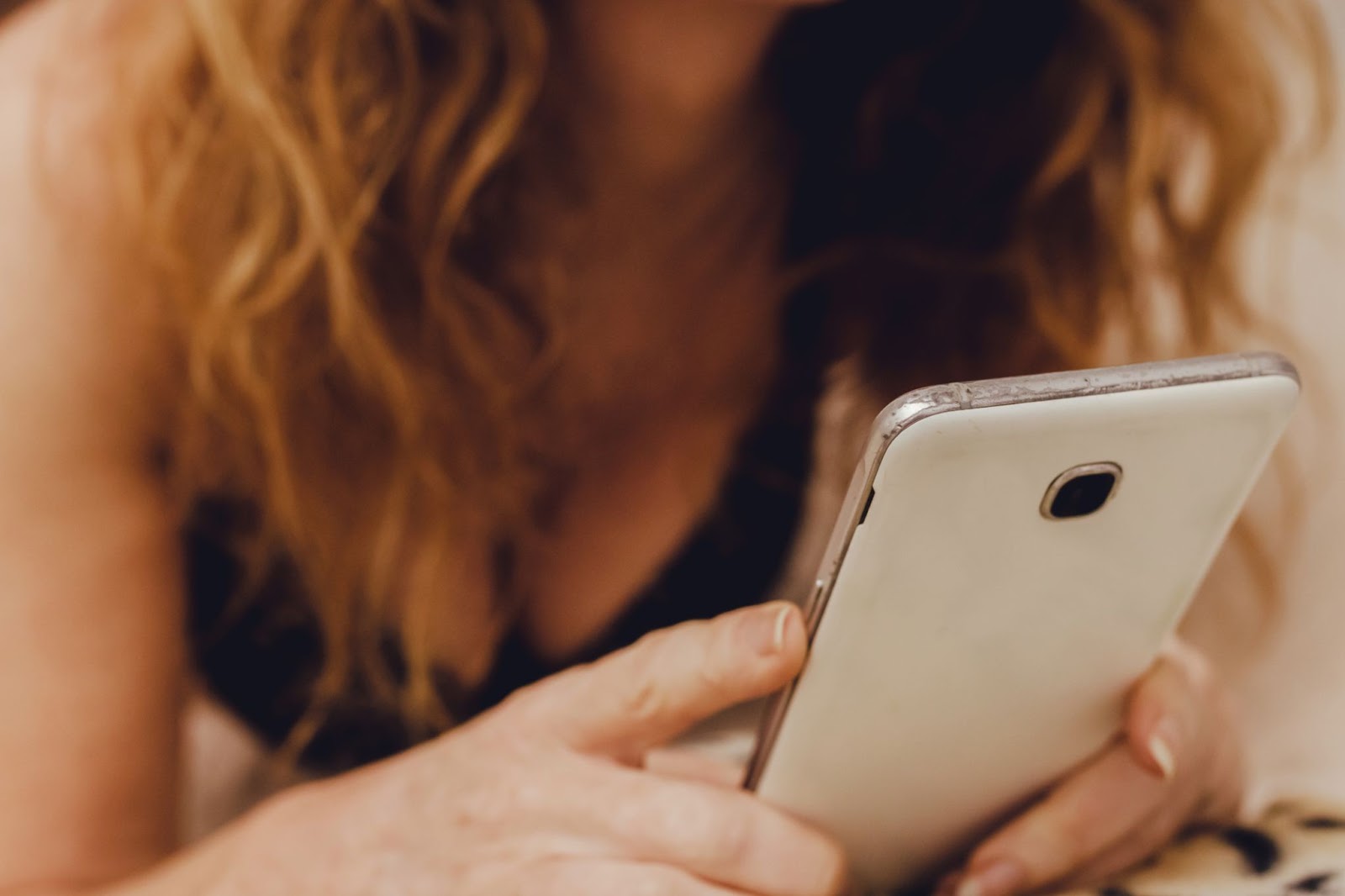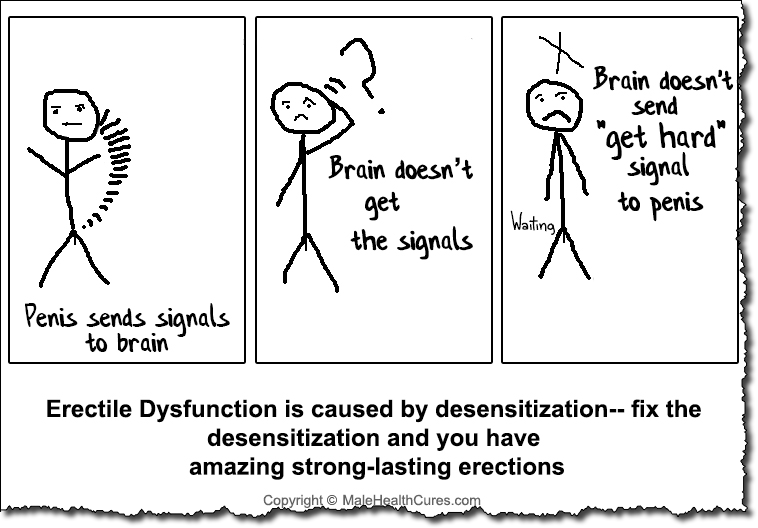
Get peak benefits after just 1 week
Unsubscribe | Report as spam | Change email preferences
Story-At-a-Glance
Hey, Matt Cook here, and a lot of us struggle with not getting enough good sleep.
As we get older, dealing with health issues like weight issues or stress, or even battling something big like cancer…
…sleep can really take a hit.
Plus, for us guys, bad sleep can mess with our testosterone levels too.
But with this simple sleep hack you can easily start improving your sleep, your health, and your T levels…
—-Important Message—-
3 day text method for single men
I want to tell you about the 3-day text method that gets a woman into your bed.
I came up with this method with help from my friend, Jonathan Green. He’s been a very successful dating coach for more than 20 years.
And together, with the help of cutting edge research out of Switzerland…
…we’ve come up with a way for you to skip the date and get right to the good stuff.
Yes, that’s right — text messages that you can simply copy/paste and send to a girl to get her all hot and bothered…
…to get her powerfully attracted to you and into your bed in 3 days or less.
Now I know this may sound a little too easy, a little too good to be true…
Which is why I’m showing you proof of these text messages in action, along with why they work and how they work…
———-
Raise your T just by sleeping like this
The interactions between sleep and health problems are complex.
Sleep can cause these health problems – and these health problems exacerbate sleep issues.
One of the major factors we can control in relation to sleep quality is light exposure.
Bright light exposure early in the day improves sleep patterns.
Reducing exposure to bright, blue lights later in the day also improves sleep.
Research has even shown that just 30 minutes of bright light exposure every morning can significantly improve sleep patterns in people with type 2 diabetes.
Diabetes triggers sleep problems – and poor sleep is known to amplify diabetes symptoms.
This human study was carried out at Queensland University of Technology in Brisbane in Australia. The findings were published in Acta Diabetologica.
People who suffer from poor sleep are more likely to become diabetic – and diabetics are known to suffer from sleep problems.
“People with type 2 diabetes suffer from sleep disorders, with the mechanism not clearly understood.”
People with type 2 diabetes also have a number of different eye problems.
Researchers believe that some of the light receptors in the eye can become less sensitive.
This decreased sensitivity could cause problems in regulating the sleep/wake cycle – leading to a number of sleep problems.
“In type 2 diabetes, light receptors that regulate sleep behaviors in the eye are dysfunctional. We determined whether supplemental light exposure can ameliorate sleep quality and daytime sleepiness in type 2 diabetes.”
The researchers recruited 10 people with type 2 diabetes for the study.
The participants were assessed before beginning bright light therapy.
The participants answered sleep questionnaires.
They also provided saliva samples which measured the levels of the sleep hormone melatonin. The participants also kept a sleep diary.
The treatment was performed with a light box (LUMIE® Vitamin LTM, Cambridge, UK) which emits 10,000 lux of light.
The participants were instructed to use the light box every morning for about 30 minutes at a distance of about 10 inches from their face.
“Supplemental light (10,000 Lux, polychromatic) was self-administered for 30 min every morning for 14 days by ten participants.”
The researchers then assessed the effectiveness of bright light therapy at reducing sleep problems in diabetes.
They did this by looking for changes in the sleep questionnaires, melatonin levels, and sleep diaries.
People with diabetes usually experience some type of daytime sleepiness.
Bright light therapy in the morning significantly reduced daytime sleepiness.
“Compared to baseline, supplemental light significantly improved excessive daytime sleepiness score.”
The study also showed that using bright light in the morning normalized the onset of naturally produced melatonin.
This means the participants would be more likely to feel tired at an appropriate time.
“Supplemental light improved phase advanced melatonin onset.”
The researchers found that afternoon naps were of much shorter duration after the participants started bright light therapy.
“Afternoon nap duration significantly shortened over the first week of supplemental light exposure.”
Most of the benefits were seen after a couple of days – and the peak benefits were felt after just 1 week.
The study also uncovered differences among the participants.
Participants with a particular eye problem were less responsive to bright light therapy.
“Afternoon naps and midnight awakening were significantly longer in diabetic participants with thinner perifoveal retina.”
This is a part of the retina which can be damaged in diabetes.
Bright light therapy can improve sleeping patterns in people with type 2 diabetes by controlling their circadian rhythm…
…something which is largely affected by light hitting the eye at certain times of the day.
“Supplemental light augments photoreceptor signaling in type 2 diabetes and optimizing circadian patterns leading to improved sleep.”
The same type of effects have been shown in numerous studies and people who are not diabetic.
This type of bright light therapy can also help decrease depression and seasonal affective disorder, and even boost testosterone levels in men.
One potential downside is that the lights used in this type of treatment tend to have a lot of blue light – this can actually damage the eye over time.
Red light re-energises eye cells and can undo damage caused by blue light.
Getting exposure to sunlight in the morning is the best way to improve your circadian rhythm.
But it can also be done with artificial lights – take care to make sure that you do get exposure to red light afterward to prevent harm to your eyes.
—-Important Message—-
3 solo activities that rewire the brain for more pleasure
There’s a brain-member connection in men that can be broken…
And when it’s broken, the member stops receiving “get rocky” signals from the brain…
The result? Poor rockiness, less lasting power, less pleasure.
So most men with erections problems are suffering from a broken brain-member connection without even realizing it.
Fortunately, it’s easy to restore this connection with a simple rewiring method…
…3 simple solo activities that naturally rewire the brain-member connection, making it stronger than ever…
And the result is much better rockiness, 30-minute lasting power, and more pleasure than you’ve felt in years.
Here are the 3 solo activities
———-




